In the annals of Coventry’s history, the stories of Mary Ball and Mary Welcome stand as stark reminders of a bygone era. As the last women to face public execution in the city, their fates haunt the very ground where they met their untimely end. This guided walking tour delves into the chilling details of their cases, shedding light on the harsh judicial practices of the time and prompting deeper reflections on society’s attitudes towards crime and punishment. What unfolded on Whitley Common and Cuckoo Lane set the stage for a significant shift in the approach to capital punishment – a shift that would forever alter the course of justice.
Good To Know
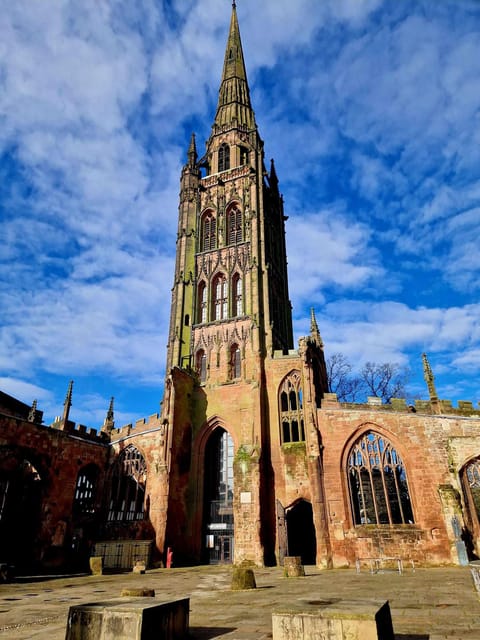
- The tour explores the last two women to face public gallows in Coventry, Mary Ball and Mary Welcome, who were executed for separate murder convictions.
- The executions took place at Whitley Common and Cuckoo Lane, marking the end of an era of harsh judicial practices and public executions in England.
- The tour provides vivid accounts of the women’s stories and circumstances, as well as insights into societal attitudes and the legacy of these events on the community.
- The tour highlights the shift towards private forms of capital punishment in Victorian Britain, as efforts were made to preserve the dignity of condemned individuals.
- The tour serves as a reminder of the evolving standards of justice and the changing societal attitudes towards crime and punishment.
Overview of the Tour

The tour, titled ‘The Grim Fate of the Two Marys,’ is a 1.5-hour guided walking experience that explores Coventry’s dark history of crime and punishment.
Priced at £11.55 per person, the tour meets outside the Herbert Art Gallery & Museum and is conducted in English.
It’s wheelchair accessible, making it inclusive for all visitors.
Booking is available with a reserve-now-pay-later option, and there’s free cancellation up to 24 hours in advance.
Participants can check the availability of starting times to find a slot that fits their schedule.
The tour focuses on the last two women to face public gallows in Coventry, providing a chilling look into the harsh realities of justice in the past.
You can also read our reviews of more tours and experiences in Coventry.
Booking Information
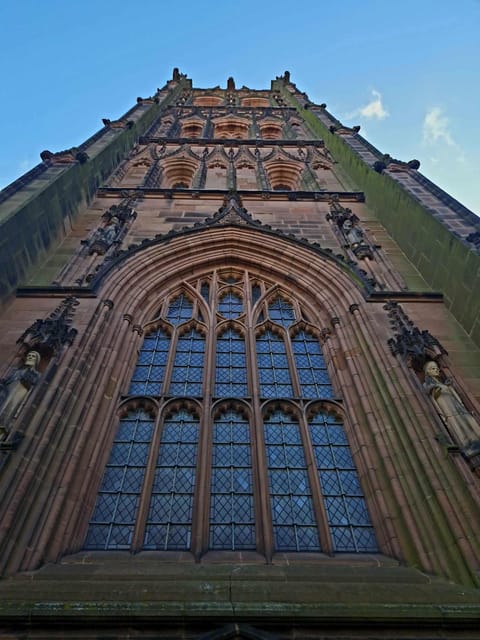
Booking the tour is a straightforward process, with the option to reserve a spot and pay nothing today. Participants can cancel their reservation up to 24 hours in advance for a full refund, ensuring flexibility. Checking the availability of starting times allows visitors to find a timeslot that fits their schedule.
The booking process offers several benefits:
-
Reserve now and pay later, with no upfront costs.
-
Free cancellation up to 24 hours before the tour.
-
Flexible scheduling with availability checks for start times.
-
Secure online booking to guarantee your spot on the tour.
Whether you’re planning your visit in advance or need to make last-minute arrangements, the booking process ensures a seamless experience for exploring Coventry’s dark history.
Historical Context
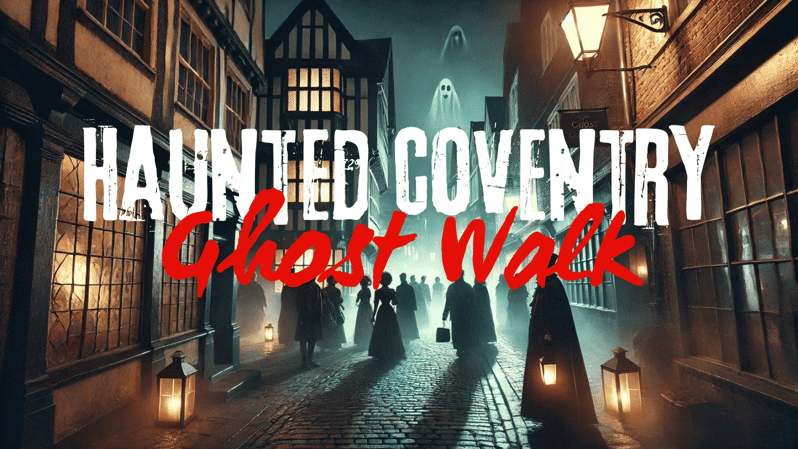
The tour focuses on the grim fate of the last two women to face public gallows in Coventry, marking the end of an era of harsh justice realities.
The women were executed on Whitley Common and Cuckoo Lane, locations that serve as a somber reminder of the harsh punishments once meted out in the city.
The significance of this tour lies in its ability to shed light on Coventry’s dark history of crime and punishment, a history that reflects the harsh realities of the judicial system at the time.
Experience Highlights
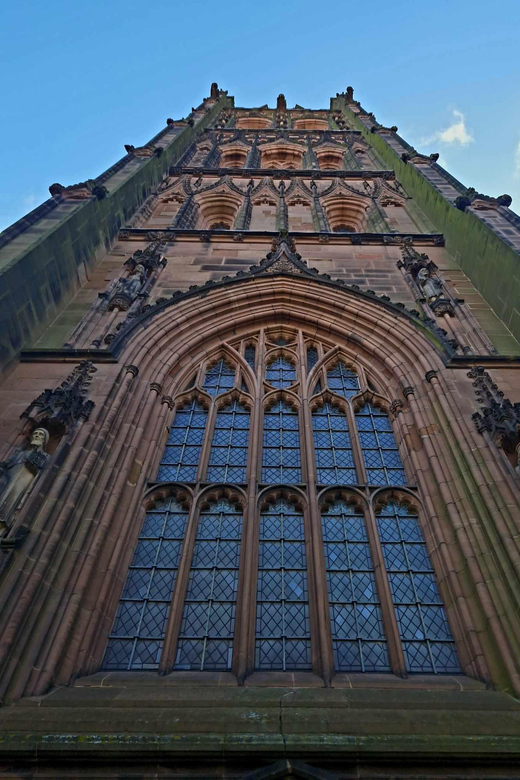
A guided walking tour led by a professional guide allows visitors to enjoy the chilling stories and true history surrounding the last two women executed in public in Coventry. The tour emphasizes the grim realities of the harsh justice system at the time, exploring Coventry’s dark history of crime and punishment.
The experience highlights include:
-
An in-depth exploration of the execution sites, such as Whitley Common and Cuckoo Lane, where the women met their tragic end.
-
Vivid recounts of the women’s stories, revealing the harsh circumstances that led to their ultimate downfall.
-
Insights into the societal attitudes and judicial practices that marked the end of public executions in the region.
-
A thought-provoking examination of the legacy of these events and their impact on the community.
Participant Information
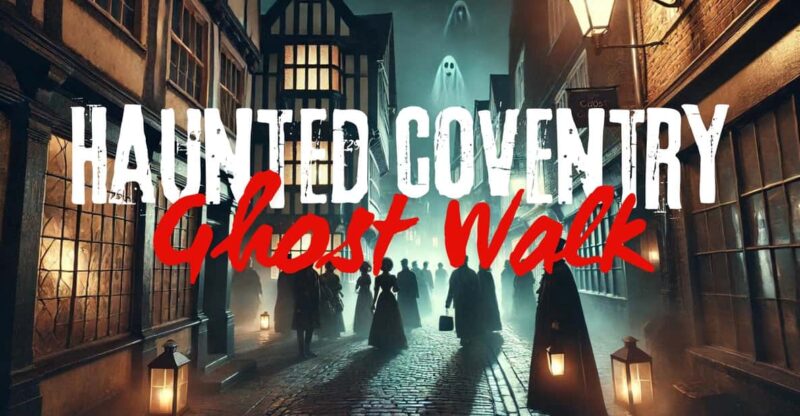
Although the tour is not suitable for children under 10 years, participants can select the desired number of people and date during the booking process. This allows for a personalized experience, ensuring the tour caters to the needs of each group. The tour’s accessibility is also worth noting, as it is wheelchair-friendly, making it inclusive for a wide range of visitors.
| Participant Details | ||
|---|---|---|
| Age Requirement | Under 10 years not recommended | |
| Group Size | Flexible, selected during booking | |
| Booking | Reserve now, pay later | |
| Cancellation | Free up to 24 hours in advance | |
| Accessibility | Wheelchair friendly |
The Grim Fate of the Two Marys tour offers a unique and immersive exploration of Coventry’s dark history, providing participants with a thought-provoking and engaging experience.
- Fly a Real Jet Simulator Around the World at Coventry Airport
- Coventry: Uk/ Europe Esim Roaming Mobile Data Plan
- Coventry: Quirky Self-Guided Smartphone Heritage Walks
- A Self-Guided Tour of Coventry’s Cathedral Quarter
- The Jigsaw of History Guided Walking Tour
- Discover Coventry’s Treasures: Private Walking Tour
Last Women Executed
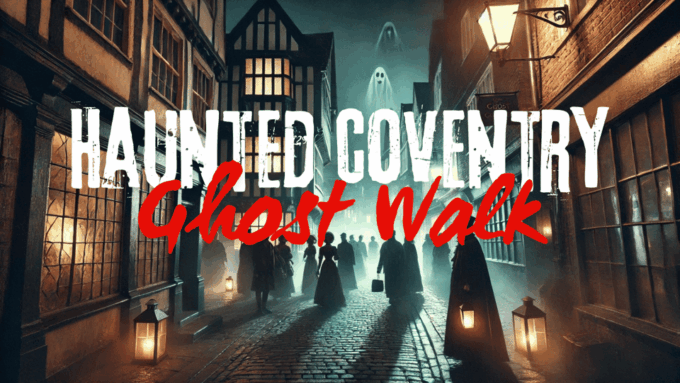
On a chilly afternoon in Coventry, the last two women to face public execution were brought to their grim fate on Whitley Common and Cuckoo Lane, marking the end of an era of harsh justice in the city.
These two Marys – Mary Ball and Mary Welcome – were convicted of murder in separate incidents and sentenced to hang, their public deaths drawing large crowds eager to witness this macabre spectacle.
Their executions signaled the decline of public gallows in England, as attitudes shifted towards more humane forms of punishment.
The legacy of the ‘Two Marys’ serves as a sobering reminder of Coventry’s dark history and the evolving standards of justice over time.
Whitley Common and Cuckoo Lane
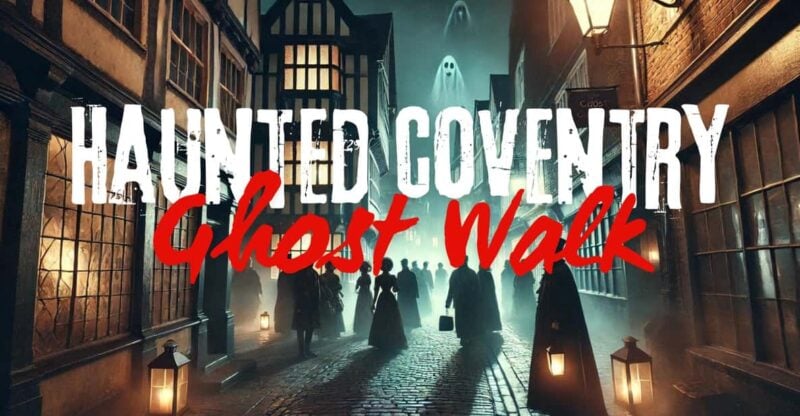
Whitley Common and Cuckoo Lane served as the grim settings for the final moments of Mary Ball and Mary Welcome, the last women to face public execution in Coventry.
On the bleak Whitley Common, the gallows stood as a stark reminder of the harsh justice system of the time. It was here that the two Marys, convicted of heinous crimes, met their fate before a crowd of onlookers.
The execution on Cuckoo Lane only added to the somber atmosphere, as the women’s lives were cut short in a public display intended to deter others from similar acts.
These locations marked the end of an era, reflecting the evolving attitudes towards capital punishment in Victorian-era Britain.
End of Public Executions
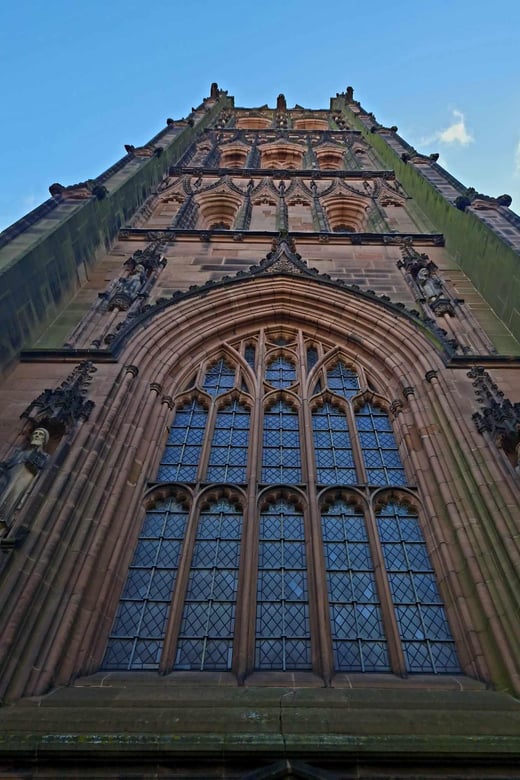
The public gallows on Whitley Common and Cuckoo Lane marked the grim end of an era, as the executions of Mary Ball and Mary Welcome signaled the shift towards more private forms of capital punishment in Victorian-era Britain. This shift reflected a growing unease with the public spectacle of executions and a desire for a more humane justice system.
The end of public executions brought about several key changes:
-
Executions moved behind prison walls, out of public view.
-
New methods like hanging were introduced to reduce the brutality.
-
Efforts were made to preserve the dignity of the condemned.
-
The state sought to downplay the theatrical nature of public punishment.
This transition signaled an important shift in societal attitudes towards crime and punishment in Victorian Britain.
Frequently Asked Questions
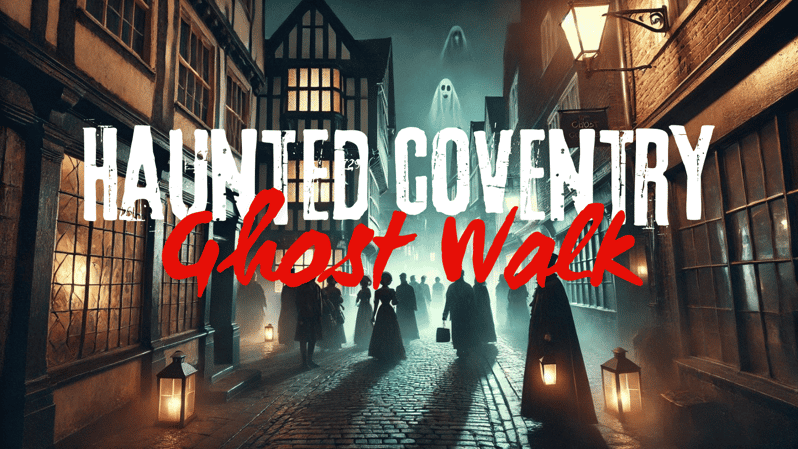
What Specific Crimes Did the Two Marys Commit?
According to the historical context provided, the two Marys were the last women to face public gallows in Coventry. They were executed for crimes, though the specific crimes committed are not explicitly stated in the given information.
Were the Executions Conducted in a Public Setting?
Yes, the executions were conducted in a public setting. The tour overview states that the two women were executed on Whitley Common and Cuckoo Lane, indicating their executions took place publicly rather than in a private setting.
How Were the Bodies of the Executed Women Disposed Of?
After public executions, the bodies of the condemned were typically disposed of in a discreet manner. They were often buried in unmarked graves or given over to medical institutions for anatomical study, reflecting the harsh realities of the era’s justice system.
Were There Any Protests or Public Outcry Against the Executions?
There were some protests and public outcry against the executions, as the harsh sentences reflected the realities of the harsh criminal justice system at the time. However, the executions still took place as public spectacles.
Did the Executions Lead to Any Legal or Societal Changes?
The public executions of the two women led to increased scrutiny of the justice system and ultimately contributed to the abolition of public hangings in Britain, marking a shift towards more humane judicial practices.
Sum Up
The ‘Grim Fate of the Two Marys’ tour offers a poignant look into the dark history of public executions in Coventry.
Visitors can reflect on the harsh justice system of the past and witness the sites where the last two women were publicly executed, marking a significant shift towards more humane approaches to capital punishment.
The tour provides a thought-provoking experience, shedding light on a somber chapter of the city’s history.
You can check if your dates are available here: